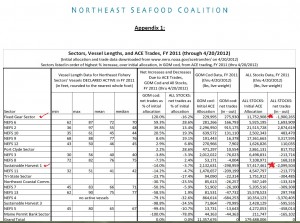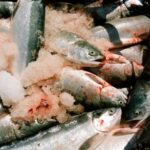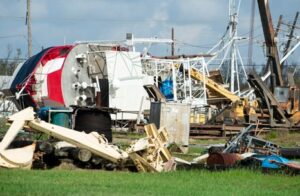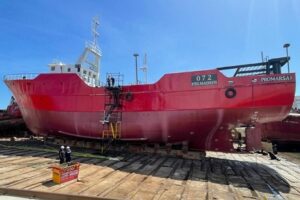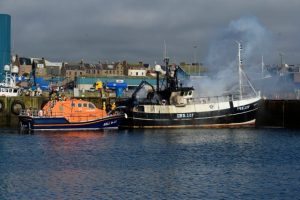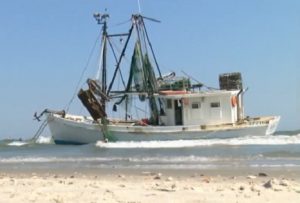Daily Archives: October 18, 2012
Letter: Accumulation of quota harms fishing industry – Frederick Brodsky – southcoasttoday.com
October 18, 2012 12:00 AM
Accumulation of fishing quota harms the whole industry
I keep reading about the demise of the fishing industry as the result of reduced quotas, as you point out on Page 1 of the Oct. 14 edition (“Industry’s big, little fish in peril”). What is not mentioned is the effect of “slipper captains” who sell their quotas, sit on shore and do not contribute to the health of the industry.
This concentration of quotas also has a major effect on the health of the fishing industry. Fewer boats with a larger percentage of quotas exacerbates the effect of smaller quotas. Why will no one discuss this practice or its effect on the industry?
Frederick Brodsky
Fairhaven
Facing restrictions, fishermen welcome possible disaster aid
Another EDF puff piece from the boring broadsheet! A lot of BS in this one.
South Shore fishermen welcome the prospect of aid from September’s federal disaster declaration, but they remain critical of fishery management practices. Unprecedented competition from large boats over the last year has hurt the mostly smaller boats that populate harbors in Marshfield, Plymouth, and Scituate, they said. The disaster declaration allows, but does not require, Congress to appropriate money. Affected states are asking for $100 million, but the funding is not guaranteed.http://bostonglobe.com/metro/regionals/south/2012/10/17/south-shore-fishermen-welcome-possible-disaster-aid-seek-long-term-solutions/DVHh7P6BvUG4Nhdnb7PPiO/story.html
AUDIO: NEFMC Groundfish Committee’s Oct. 11 Meeting Prompts Discussion Related to Closed Area Access and Transboundary Stock Shares
HAMPTON, N.H. – October 11, 2012 – The New England Fishery Management Council’s (NEFMC) Groundfish Oversight Committee met last Thursday to continue development of Framework Adjustment 48 to the Northeast Multispecies Fishery Management Plan. Throughout the discussion, there were several key issues that emerged as focal points for a great deal of Committee and public comment, as well as debate. 
Invasive species known as ‘marine vomit’ found at Drakes Estero – Santa Rosa Press Democrat
A newly discovered invasive species capable of blanketing shallow bay bottoms has turned up in Drakes Estero in the Point Reyes National Seashore, prompting calls for immediate action to curb the biological threat and entering the debate over the future of the commercial oyster farm there. A fast-growing sea squirt, Didemnum vexillum, is actually thousands of tiny animals that cluster under a common membrane. It is called “marine vomit” for its unappealing gelatinous mass and has been likened to “the Blob” for its capacity to smother other organisms, possibly including the estero’s $1.5 million-a-year oyster crop and its abundant eelgrass beds. The dispute over the farm’s fate erupted about five years ago, and legislation by California Sen. Dianne Feinstein granted Interior Secretary Ken Salazar sole discretion to renew for 10 years the permit that expires Nov. 30. http://www.mercurynews.com/ci_21777864/invasive-species-known-marine-vomit-found-at-drakes
Seal Problems Everywhere! Fishermen want cull of New Zealand fur seals around the Coorong Lakes area
“If these populations continue to increase at the levels they have been, the impact on the broader ecosystem will be such that something will need to be done,” Goolwa Pipi Harvest Association chair Roger Edwards said.
“We harvest other native species like kangaroos.
“If the species is not under threat and it is having an impact and there is a viable market, then why should it not be harvested?
U.S. Coast Guard, Canada partner to curb illegal fishing in the Pacific Ocean (SitNews)
(SitNews) – The U.S. Coast Guard and the Canadian Department of Fisheries and Oceans recently conducted joint patrols of the high seas under Operation Drift Net which took place from Sep. 19 to Oct. 6. Coast Guard cutters and Canadian aircraft patrolled the international waters off Japan in an effort to locate vessels engaged in large-scale high seas drift net fishing. This practices employs the use of miles upon miles of net constructed of mono-filament line that indiscriminately catch all sea life in their path including whales, dolphins, sea turtles and seabirds. The fishermen are known to target high value species such as sharks, tuna and salmon.,,,,,,,,,,Read More.
http://www.sitnews.us/1012News/101712/101712_illegal_fishing.html
Fertilizers and sewage contain nitrogen and phosphorus suck oxygen out of water and kill marine life.
Its the sewerage treatment plant’s I tell ya! The Conservation Law Foundation should recognize this as the real ocean issue.
The study may have real policy implications, especially in New England communities struggling with waterways choked by algae sparked in part by nutrients. For years, governments have often argued that they are responsible only for pollution problems in surface waters that can be traced directly to a source, said Christopher Kilian, clean water program director for the Conservation Law Foundation. But the study, he said, points to the need for regulatory agencies to deal with nitrogen emanating from a broad array of sources that may have more subtle, yet deeply harmful, environmental impacts. “It creates more urgency to deal with nitrogen and phosphorus pollution pouring into our waterways from so many sources,’’ said Kilian. http://www.bostonglobe.com/lifestyle/health-wellness/2012/10/17/plum-island-salt-marshes-may-disintegrating-from-fertilizer-and-sewage-nutrients/5YRk5IFYHyaB47rLQ18VaM/story.html







